Editor’s Note: This article on the Castle Doctrine vs. Stand Your Ground is presented for discussion purposes only. It is not legal advice. The author is not an attorney. The Armory Life readers should consult a licensed attorney for legal advice. All guns used in the photos were triple-checked to be empty, and no ammunition was present during the photo shoots.
Many states have enacted so called “castle doctrine” or “no duty to retreat” laws. Let’s get our terms correct. Generally, in the common law, castle doctrine, in its simplest form, means that a person’s home (or abode) was their “castle”. They were allowed to defend themselves in it — including lethal force, if necessary. The laws of the states, with a few glaring exceptions, have generally not required a resident to retreat and possibly leave the home if it were invaded by intruders. Some states, notably Florida, extend the castle doctrine to vehicles.
“No duty to retreat,” or “stand your ground” laws as they are sometimes called, are different from castle doctrine laws. In general, stand your ground laws allow use of force to defend against an imminent criminal attack. If the defender reasonably perceives that the imminent attack is likely to cause death or serious bodily injury, then lethal force may be used. Generally, in a stand your ground state, a citizen is not required to retreat to avoid an attack when out in public.
Anyone who carries a gun in public for self-defense, however remote the likelihood that the firearm will be needed, must know both the laws of their state (and any other state where they might be) as well as the basics of the common law, some of which are explained in this article.
What It Means
In a so-called stand your ground state, a person may stand their ground and instantly respond with appropriate force provided that the defender is in a place he/she may legally be. If, for example, a person uses force while committing a crime or is in a place they do not have a right to be, they would generally not be able to use a stand your ground self-defense claim.
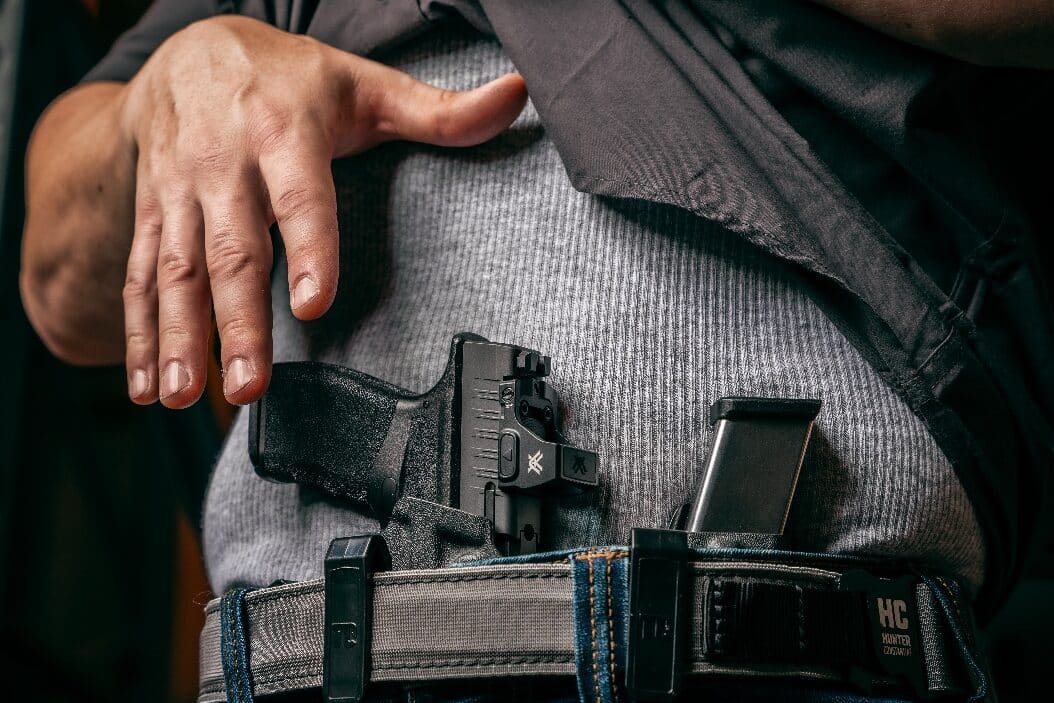
Some states allow businesses to post versions of “No Guns Allowed” signs that have the force of law. Carrying a gun into a prohibited place can turn an otherwise legitimate use of defensive force into a legal problem depending upon the laws of the state.
When should a person retreat if faced with a possible violent attack, and when should they stand their ground? Unfortunately, there is no single correct answer for every possible situation. However, I will share my personal views, both as a police officer trained in use of force investigations and also as a legally armed citizen.
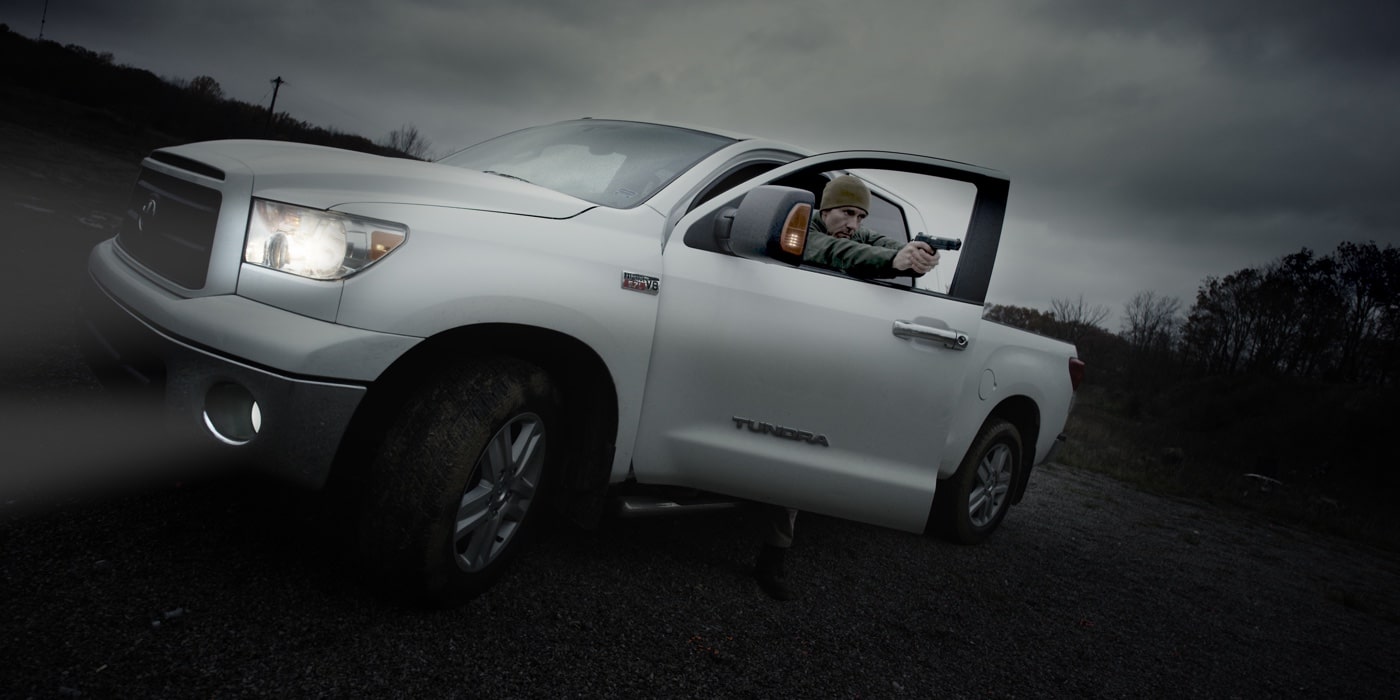
Using force, especially deadly force against another human, should be a last resort. When I’m off duty, on my own time and away from my jurisdiction, I am a legally armed citizen. Citizens have no duty to pursue and apprehend a criminal. If I were to be attacked, I may consider retreat and avoidance as possible options.
In Reality
For decades, the concepts of ability, opportunity, jeopardy (AOJ) have been the standard for the use of force, including deadly force by private citizens. Did the attacker have the ability to cause death or serious bodily injury? Did he/she have a gun, knife or other weapon? Did the attacker have the ability AND opportunity to cause death or serious bodily injury? Is the attacker close enough to assault or murder the intended victim? And, is/was the defender in immediate jeopardy? How close to the intended victim was the attacker? Could the victim have avoided the attack? Was the attacker larger, stronger or faster? Was the attacker armed?
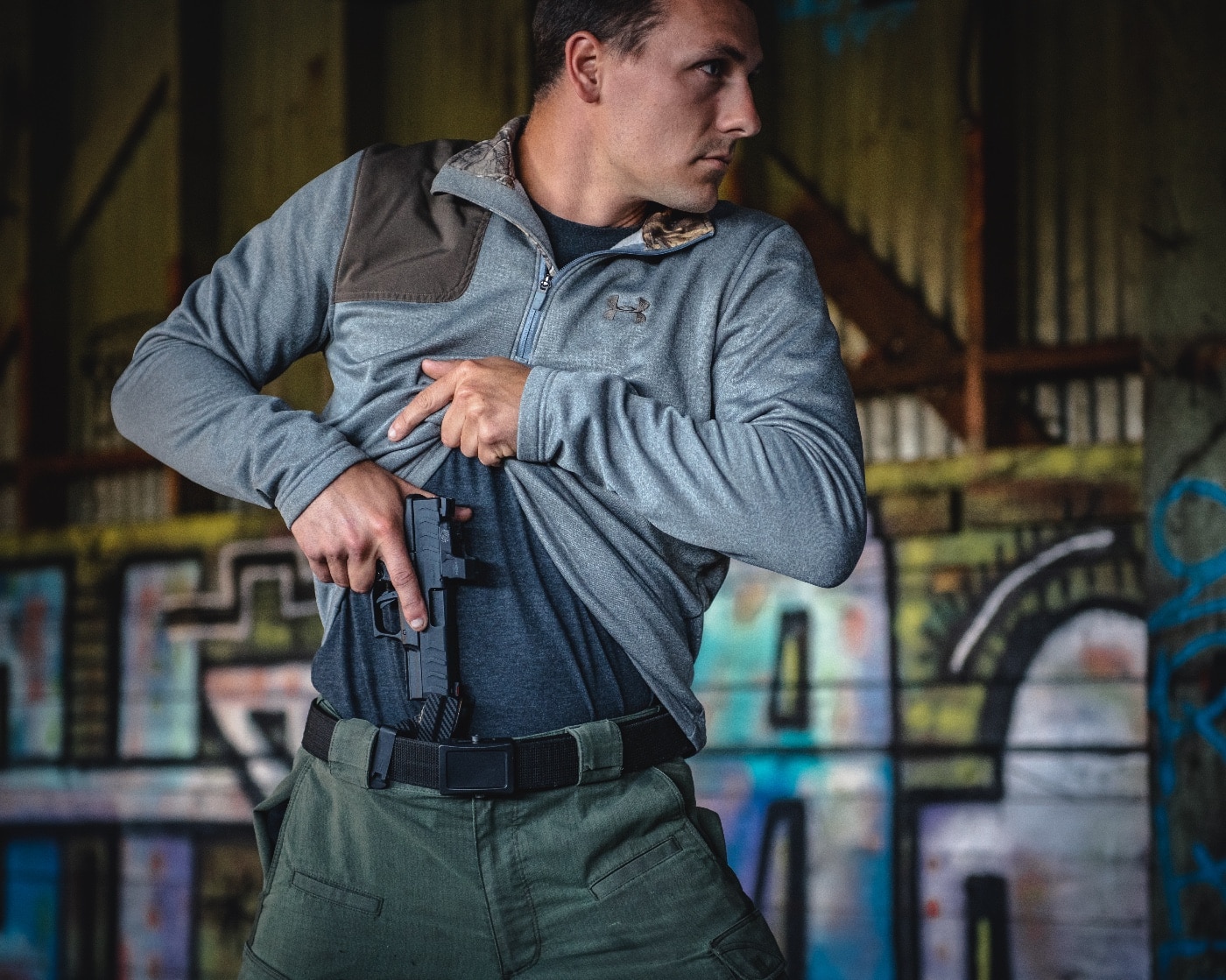
Self-defense incidents unfold quickly — defenders must make decisions in fractions of a second. Then, after the fact, investigators have an unlimited amount of time to dissect those decisions and decide whether or not a crime was committed by the person claiming self-defense. This fact underscores the responsibility for those who carry a self-defense gun (or any other tool) to be intimately familiar with the laws of self-defense. Those who have taken the time to learn and train will, in most cases, revert to their training. Sometimes, a proper response is to try to avoid a fight.
Those who carry a firearm must understand AOJ. To use force, a citizen defender must be innocent. That is, a “victim” cannot provoke an attacker and then shoot that person and claim self-defense. The attack must be imminent and unavoidable.
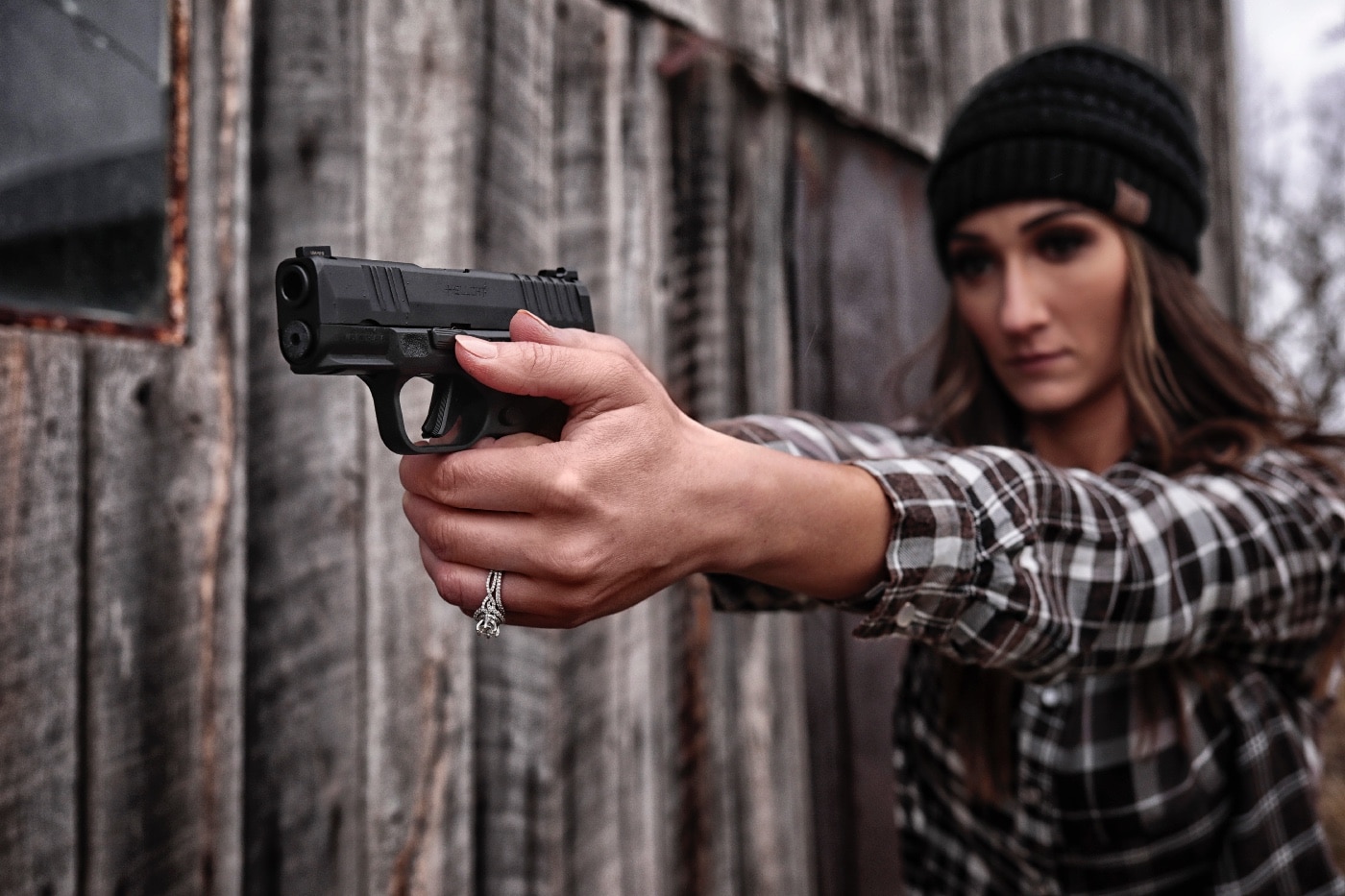
Police officers may use a level of force that exceeds that being used by a criminal in order to stop the assault (or effect an arrest) and take a suspect into custody. Armed citizens may only use the amount of force necessary to stop an unlawful assault and no more: the force used must be proportional and reasonable.
Proportionality means use of proportional force; if the self-defense force is disproportionally greater than the attacker’s force, then actions were likely unlawful.
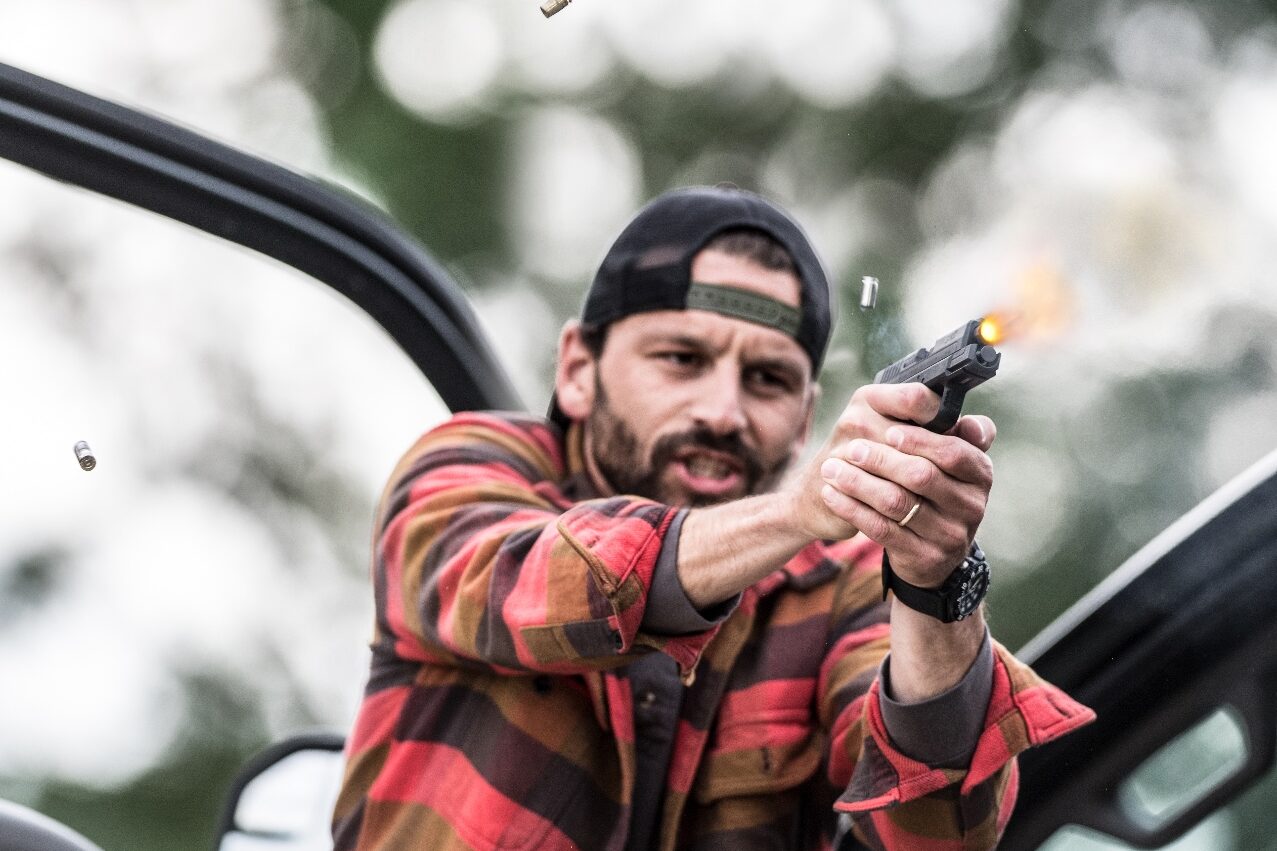
Reasonable means that deadly force generally may not be used to respond to a non-deadly attack. For example, a single shove with nothing more is generally not considered to create a risk of death or serious bodily injury, and a deadly force response would probably be unlawful.
Case Study
I recall a past case involving citizen use of lethal force in Manchester, New Hampshire. Two friends were speaking in a store parking lot when a third man came upon them and started violently swinging a large stick and aggressively moving towards them. The third man, the assailant who was unknown to the other two men, rapidly closed a distance of about 40 feet while aggressively attempting to make contact with the two other (innocent) men while continuing to swing the stick. One eyewitness, a fourth man, described the movement by the man armed with a stick as a charge.
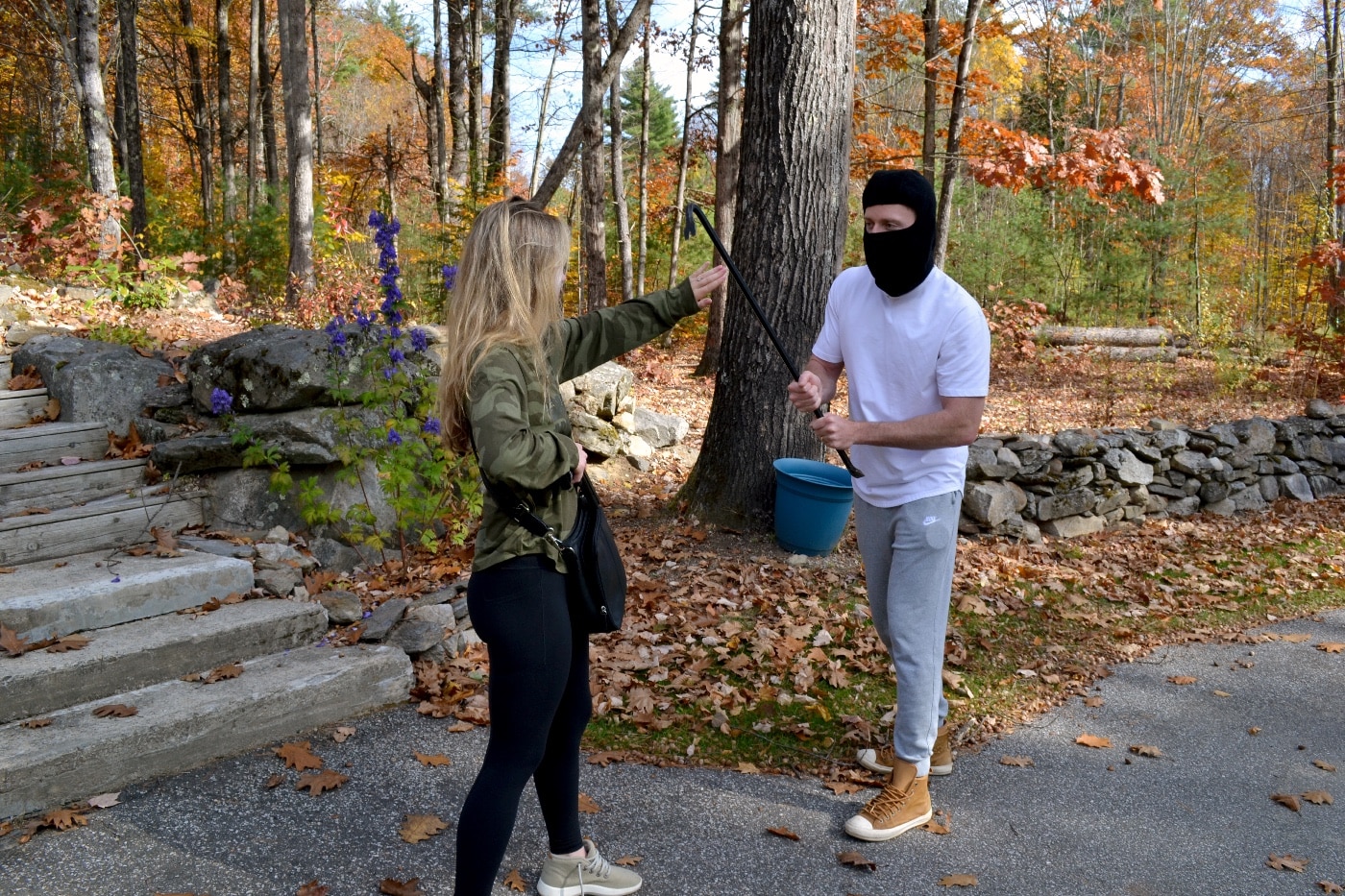
At least one of the two friends was armed with a pistol. The two friends did everything possible to avoid a violent confrontation. They moved away and tried to position themselves so that a parked car was between themselves and the attacker. Nevertheless, the attacker still pursued them. The armed man drew his pistol, loudly told the aggressor to stop and let the criminal know that he was armed; all while trying to get away. Even after drawing his pistol, the armed citizen continued to retreat and told the attacker to stop.
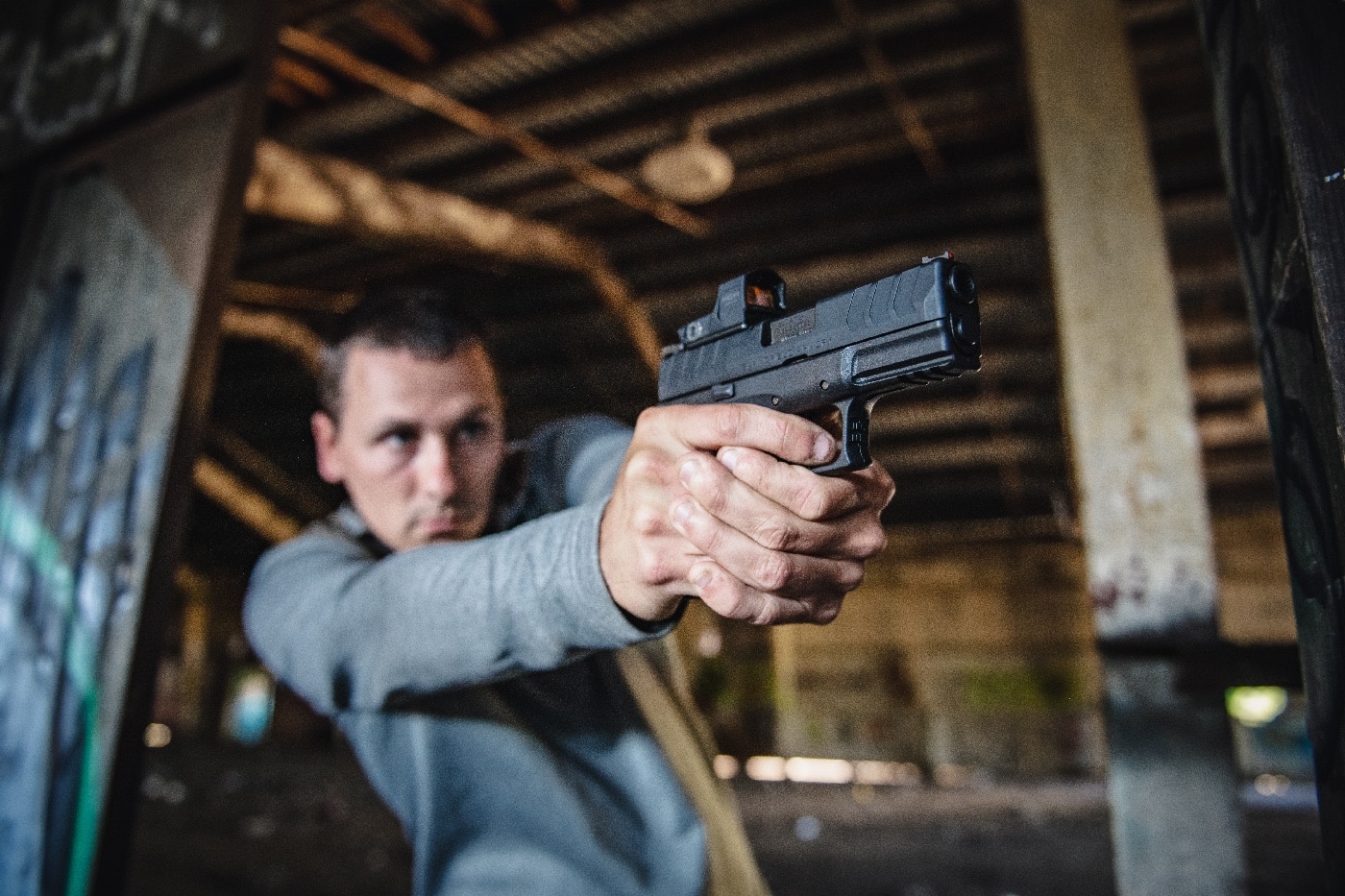
The armed citizen did everything possible to avoid a confrontation, and when he had no option other than to use lethal force, he fired a single shot to the attacker’s chest, ending the assault. The potential victim immediately called 911 to report what happened and to get medical aid for the man whom he shot in self-defense. Surveillance footage showed the entire incident unfolded in less than one minute — it took investigators 11 months to clear the armed citizen of any wrongdoing.
The attacker was pronounced dead at a local hospital.
Conclusion
Armed self-defense is an American right. Even so, defenders have a moral duty to act reasonably and responsibly when exercising that right and to understand that use of force, however slight, in self-defense is an intentional act.
This article is not a substitute for proper training, and readers are urged to seek out professional instruction on the legal use of force in self-defense by private citizens.
Editor’s Note: Please be sure to check out The Armory Life Forum, where you can comment about our daily articles, as well as just talk guns and gear. Click the “Go To Forum Thread” link below to jump in!
Read the full article here

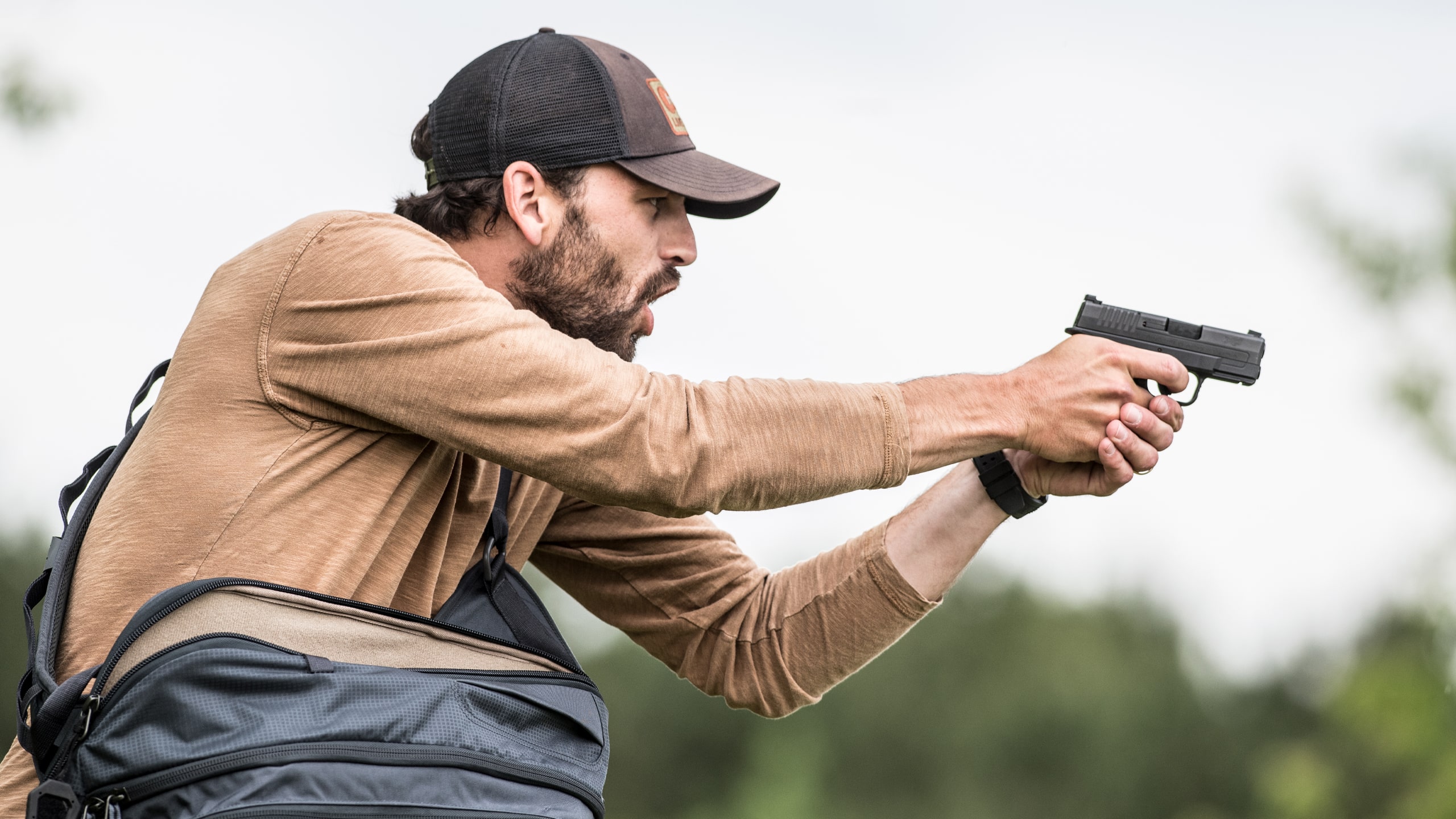



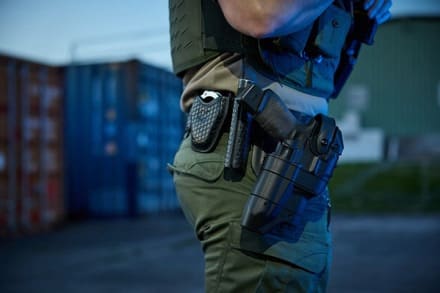

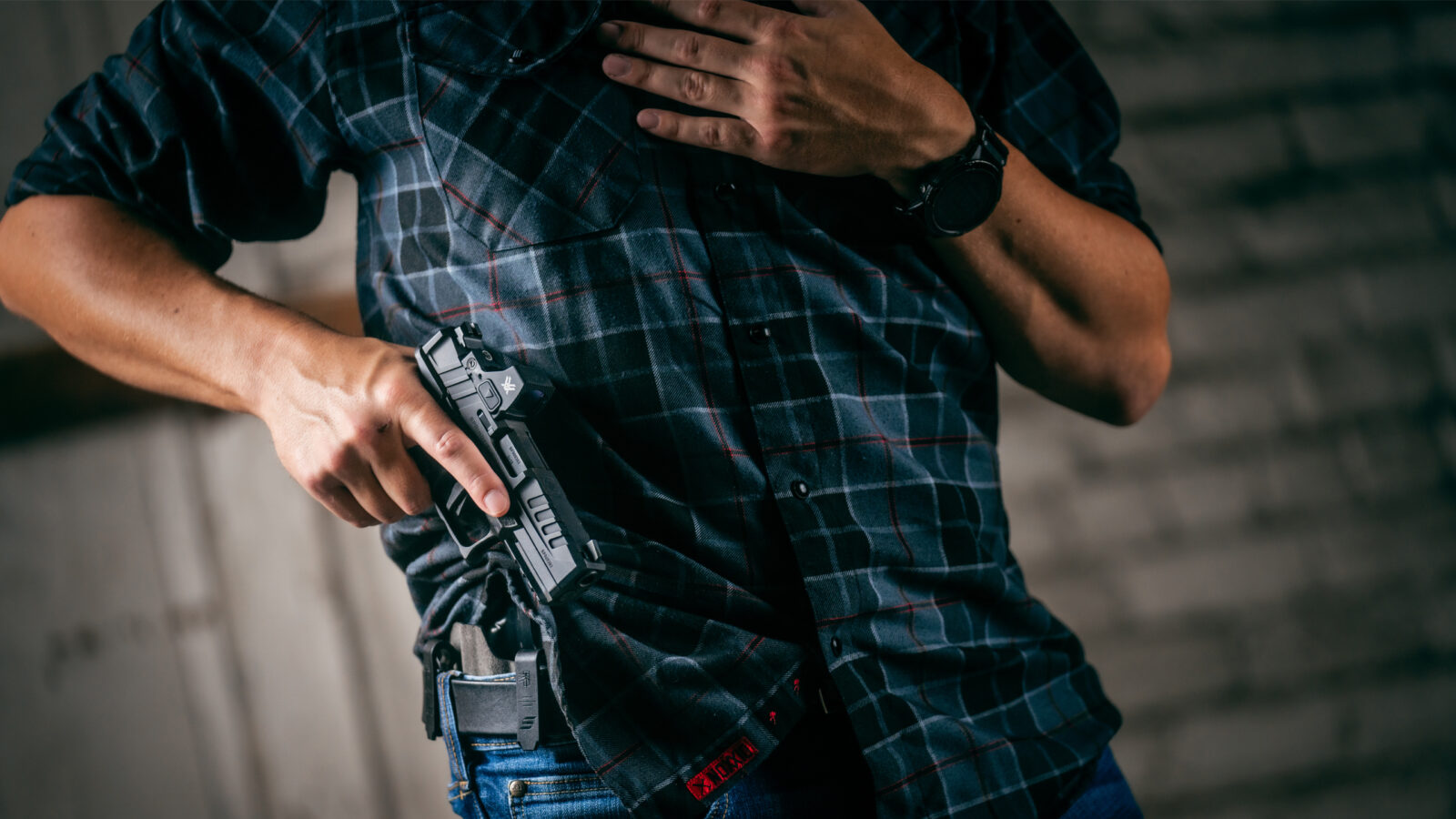
Leave a Reply